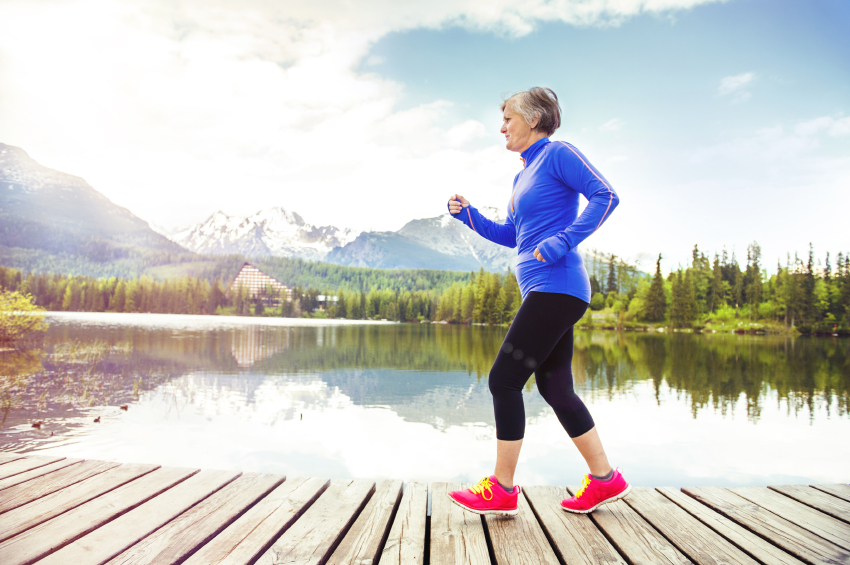
The U.S. Centers for Disease Control and Prevention states that 2.5 million older people in the country are treated for injuries related to falls each year. They estimate that one in three people experience a fall, but they fail to tell their doctors. Injuries sustained in their fails costs the healthcare industry billions of dollars each year. One of the factors that contribute to falls includes the presence of cardiovascular disease.
Falls are a common problem in the senior population. A number of factors are involved in these events, including lack of exercise that leads to muscle weakness, taking a large number of medications and underlying illness. In addition, syncope, or fainting, can occur with cardiovascular problems that are common in this age group.
Cardiovascular Causes of Frequent Falls
- · Orthostatic hypertension – Also called “positional hypertension,” this condition causes sudden, extreme drops in blood pressure when the senior changes from a sitting to a standing position. It can cause dizziness, light-headedness and muscle weakness.
- · Cardiac Arrhythmias – Arrhythmias occur when the heart beats too fast, too slow or “skips” beats. These arrhythmias can cause fluttering sensations in the chest, racing heart or faintness, which can lead to a fall.
- · Structural Heart Disease – Structural heart problems, such as congenital malformations that worsen as people age, or thickening of the blood vessel walls that occur with aging, can also cause dizziness and fainting.
Improving Cardiovascular Health in Seniors
One of the problems of assessing seniors for cardiovascular events that lead to falls is that the senior may not recall losing consciousness for a moment. In addition, there is often no witness to the fall that can shed light on whether the senior blacked out for a short period, which may have caused the fall. A thorough medical evaluation to determine fluctuations in blood pressure on standing and sitting can help to determine if orthostatic hypertension is the cause. A thorough assessment by a cardiologist can determine undetected structural heart problems or arrhythmias are the source of the problem. Equipment that detects changes in heart rate and blood pressure as the senior engages in normal activities throughout the day can pinpoint these problems more closely.
Preventing Fainting in Seniors
- · Careful management of blood pressure medications can help to reduce the risk of falls from blood pressure fluctuations during changes of position.
- · The use of assistive devices, such as canes, walkers and grab bars can help to compensate for balance problems that can lead to frequent falls.
- · The dosage and number of medications, especially anti-depressant drugs that have been associated with fainting and falls should be evaluated on an ongoing basis.
- · Cardiac disease should be carefully monitored and medications should be changed or adjusted, as needed.
- · Regular exercise, including balance training, at a level suitable for the senior should be encouraged.
- · Physical therapy may be needed to improve muscle strength and balance to reduce the risk of falls.
- · Employing the use of home healthcare workers, such as from Salus Homecare, after hospitalization or after a minor cardiac event, can help to reduce the risk of falls from syncope or muscle weakness.
Falls in the elderly and cardiovascular disease is a strong line that should be assessed in individual patients. Careful management of heart and blood pressure problems can reduce the risks of injury and death from these falls.
There is no ads to display, Please add some

